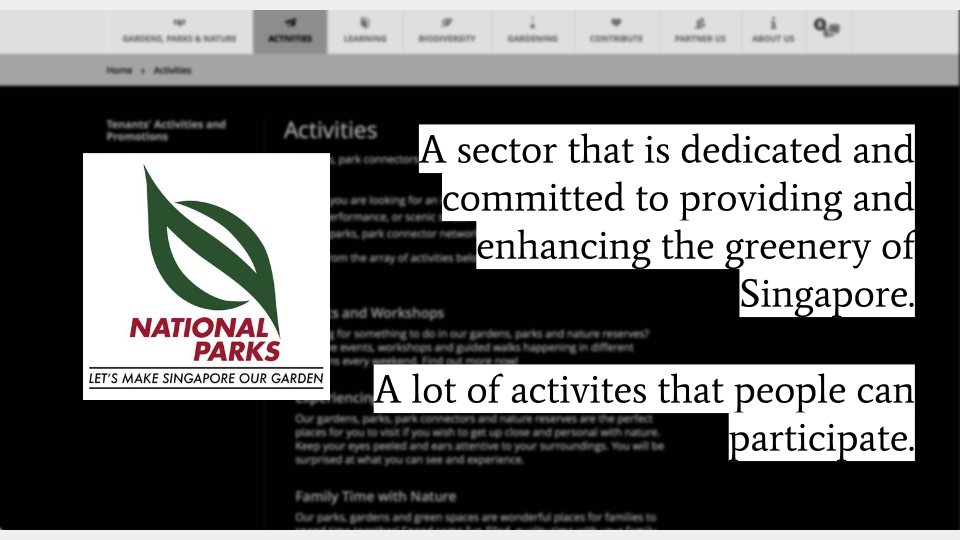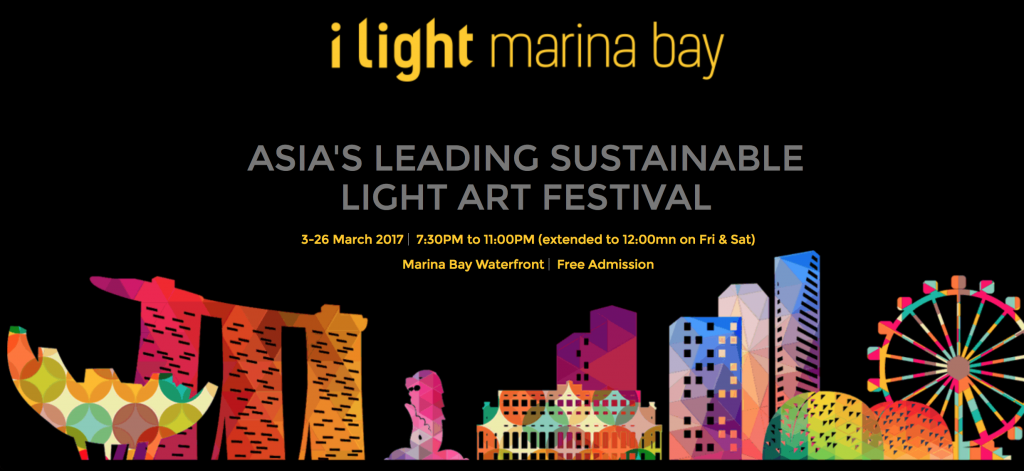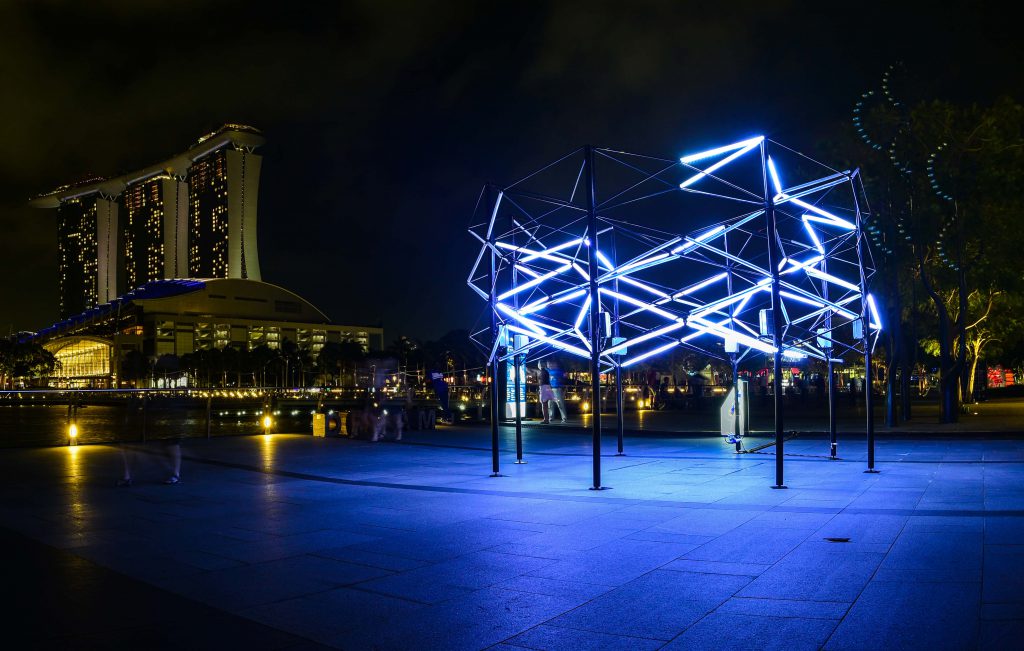” SMELL. “
by
Heng Tong x Hong Sheng
Direction
As discussed in the previous week, we have narrowed down our direction into an installation that takes in the smell of people in NTU. As such, the smell that the installation is idealised to emit is dependent on the very people that interact with it.
We envision our installation to take ‘form’ in the collection of scent only after a given duration in a particular location.
Our thoughts are really complicated and difficult to explain, so to give you a clearer understanding, below is an analogy.
Disclaimer: Bear with us…
.
.
.
We have previously put much focus on the given location and environment as our starting point for our installation. However as we looked deeper into the idea, we realised that a given location is only deemed from the objects, people and activities happening within it. In that very sense, the outcome of the collection of smell will be determined by the very catalyst of the human activities happening within the vicinity.
We looked at the article shared with us by Fabrizio regarding scent marketing. We understand the idea of a given scent in a particular place allows familiarization of people to a brand. In the case study of Changi Airport, a distinct perfume is created to induce travellers and locals a familiar ‘home’ scent.
In the case of our idea, we want to twist the very idea by amplifying the very scent within a given location, determined by the objects and people of NTU. We have previously confirmed that at different parts of NTU, there is a distinct difference in a scent of the given vicinity, and by collecting it can we amplify the scent.
To put our direction in a more layman term, we found a similar everyday activity that we are acclimatised to do that in a way that epitomise our idea – the rubbish bin.

The primary function of a rubbish bin is a container that holds trash, with a cap that induces people to throw rubbish into the void it contains. As a stand-alone, the single entity of a rubbish bin is scentless.
Rather, the form of the rubbish bin induces trash to be stored within it; and the human activity of throwing trash into the rubbish bin stores trash inside, resulting in a stench created over time. As such, the rubbish bin is characterised by the trashes that are dumped into it.
In the sense that the human activity of throwing trash characterised the rubbish bin through the result of stench forming over time. The rubbish bin can then be seen as a tangible installation that collects and emit the very smell.
Similar to the function of a rubbish bin, we would like to create an installation that collects the smell of activities of NTU students; by inducing human activities in the form of interaction with the installation.
Still… bear with us…please
At this point, we realised that we are working towards creating an ‘anti-installation’. We understand that the purpose of our project is to enrich the lives of NTU students through a positive outcome.
Perhaps in your mind at this current moment, the outcome of our installation is somewhat negative. Perhaps over time, the smell collected and emitted will be cluttered with the stench of cigarettes, grease, trash etc. Perhaps the analogy of the rubbish bin is a negative example that trails your mind into thinking that way.
However, at this juncture, we cannot foresee the outcome of the installation, for the outcome is variable. Rather, can we envision the collection of ‘positive’ scent, just like the pages of books, off-cut wood, green cut grass etc? (Of course, these are all idealistic interpretations, but you get my point…right?)
-TBC-
From suggestions of our peers and Professor Ker Siang, we look upon more similar research.
Yankee Candle


Yankee candles are known for characterising each distinctive scent with a extravagant name or phrase.
In a way, the Yankee candle epitomises the ideals of smell-branding.
By giving an extravagant name to each particular scent, Yankee candle generates interest into a user to want to find out what exactly the scent smells like, whilst in truth has already defined the scent to the user even before they smell the candle- with the very name.
By ‘planting’ such information to the user results in the user being induced to combining the notion of the name to the smell, into the mind.
—
We feel for this, as we envisioned our users to be induced to our inviting installation in a tangible form which induces interaction. Then, with the emitted smell allows a point of reminiscence in the user.

Literally termed ‘poor art’, Arte Povera is an art movement originated from Italy from the late 1960s to 1970s where artists created art through unconventional process and material.
The movement can be seen as a starting point for conceptual art.
Some notable art pieces are as follows:

Long Weekend 09: Robert Morris
Long Weekend 09: Robert Morris is a 2009 recreation of the interactive art designed by American artist Robert Morris in 1971. Robert Morris’s installation was prematurely closed due to safety concerns of the reaction of the audience. Long Weekend 09: Robert Morris shows an interactive exhibition which allows people to interact with platforms, rollers, tunnels and ramps.
More to follow.



 Nasevo is the nickname given to Ernesto Ventos, a recognised perfumer and creator of scents. He has since presented books and artworks with regards to smell.
Nasevo is the nickname given to Ernesto Ventos, a recognised perfumer and creator of scents. He has since presented books and artworks with regards to smell. Book published by Nasevo. Tells of the radical way of looking at art with regards to smell.
Book published by Nasevo. Tells of the radical way of looking at art with regards to smell. Javier Peñafiel (España, 1964)
Javier Peñafiel (España, 1964)





 Our main consideration is to use the olfactory agent as our primary element in our project, hence the outcome should remain ambiguous in the form. One inspiration that we gathered is the Visiona II by Verner Panton where the undulating organic forms, made from bright glossy materials, captured the imagination of a free-thinking society.
Our main consideration is to use the olfactory agent as our primary element in our project, hence the outcome should remain ambiguous in the form. One inspiration that we gathered is the Visiona II by Verner Panton where the undulating organic forms, made from bright glossy materials, captured the imagination of a free-thinking society.


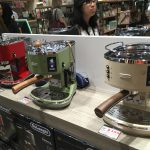
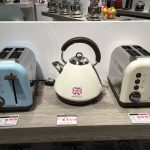
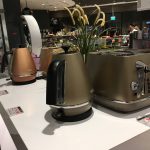
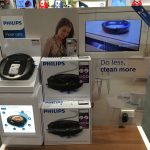
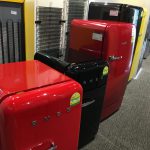
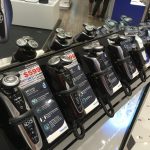
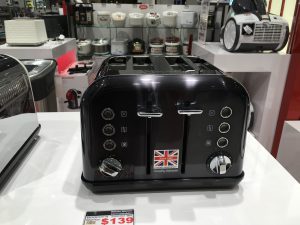
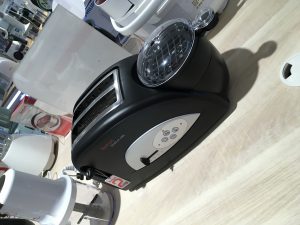
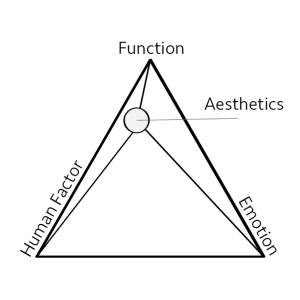 Products that follow function are designed to serve its’ purpose. Living in a modern age where vast permutations of any particular product can be found, function-dominant products retains its normality in which its form and material choices are derived from its function. Such products are usually less emotional. One example is the Stapler.
Products that follow function are designed to serve its’ purpose. Living in a modern age where vast permutations of any particular product can be found, function-dominant products retains its normality in which its form and material choices are derived from its function. Such products are usually less emotional. One example is the Stapler.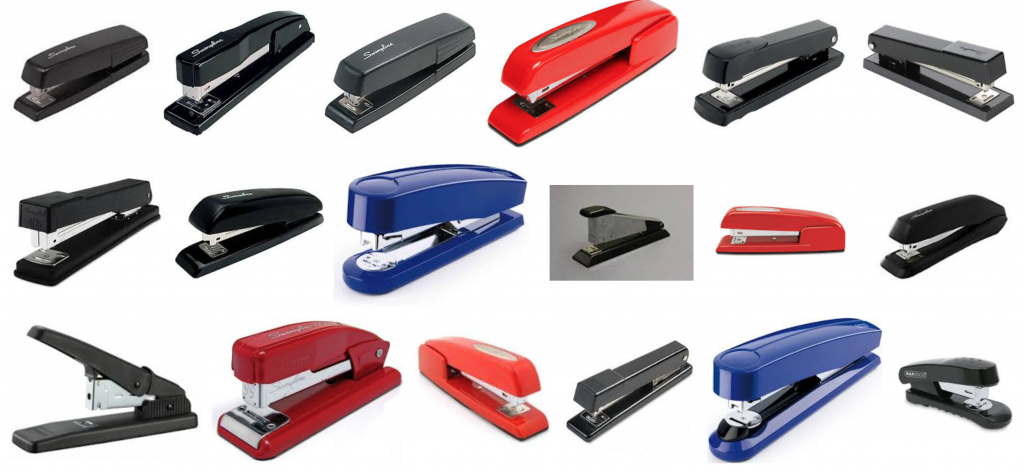
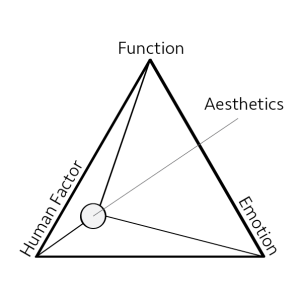 Products that are human-dominant, are designed with the intent to aid in a human issue. Such products, I feel can still bring forth the sense of emotion, but still mainly focus on the function. An example of a human-dominant product is an ‘One-hand’ Industrial staple the fundamental function of the stapler is retained, whilst adding tweaks such as a bigger body to contain the bigger stapler bullets, as well as a gauge to ensure the stapler maintains its straight path. Also, together with the function of the ‘One-Hand’ all ensue the Industrial stapler to be used for the specific purpose of efficiency.
Products that are human-dominant, are designed with the intent to aid in a human issue. Such products, I feel can still bring forth the sense of emotion, but still mainly focus on the function. An example of a human-dominant product is an ‘One-hand’ Industrial staple the fundamental function of the stapler is retained, whilst adding tweaks such as a bigger body to contain the bigger stapler bullets, as well as a gauge to ensure the stapler maintains its straight path. Also, together with the function of the ‘One-Hand’ all ensue the Industrial stapler to be used for the specific purpose of efficiency.
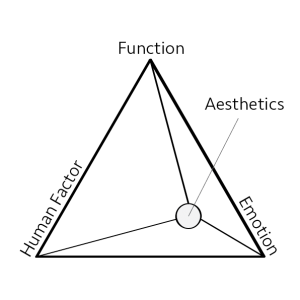 Emotion-dominant products add an extra touch for the specific user. Many at times, such products make the user conforms to the function. One such example is a
Emotion-dominant products add an extra touch for the specific user. Many at times, such products make the user conforms to the function. One such example is a 

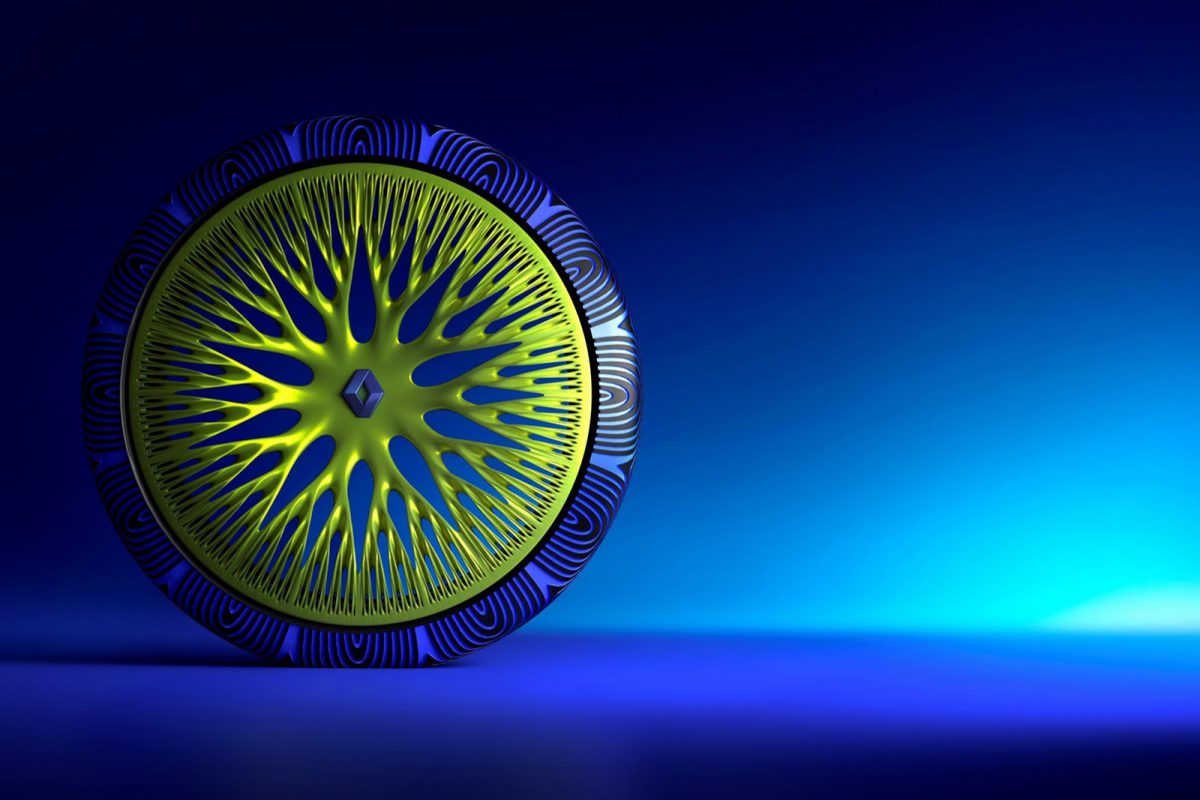

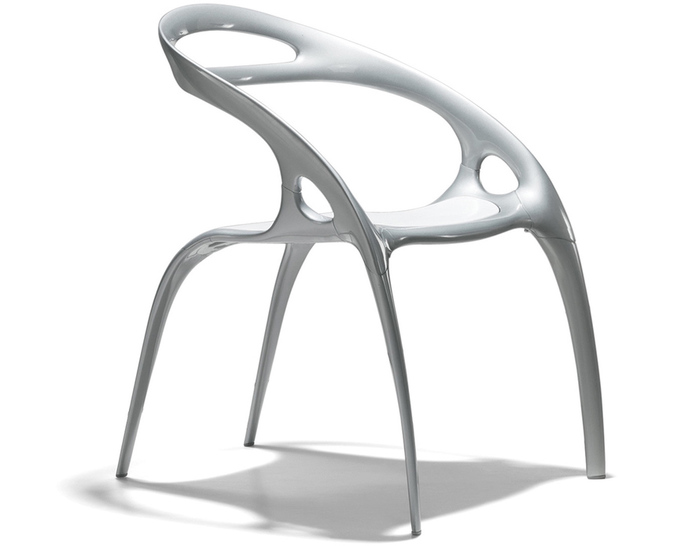
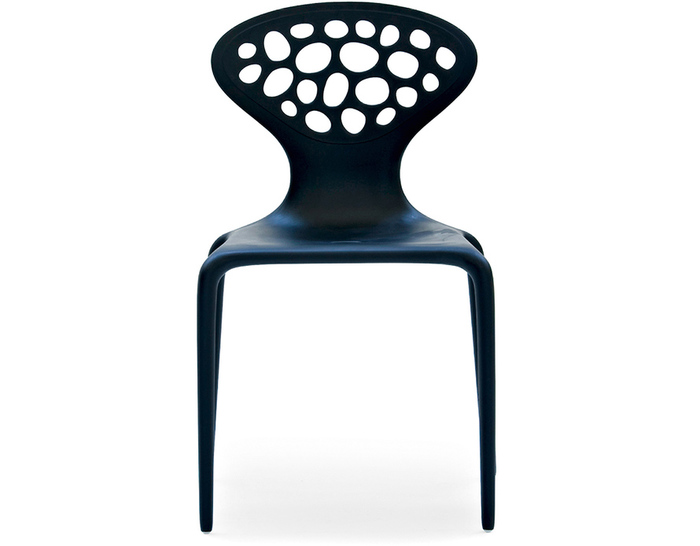




 We incorporated the use of narrative to allow people to dictate. Once there is an imbalance, the scene closes with a permutation of text that shows the end of an era.
We incorporated the use of narrative to allow people to dictate. Once there is an imbalance, the scene closes with a permutation of text that shows the end of an era.


 We incorporated the use of 2 technologies. Leap Motion, and Touch features, for the Capture screen and Narrative Screen respectively.
We incorporated the use of 2 technologies. Leap Motion, and Touch features, for the Capture screen and Narrative Screen respectively.




